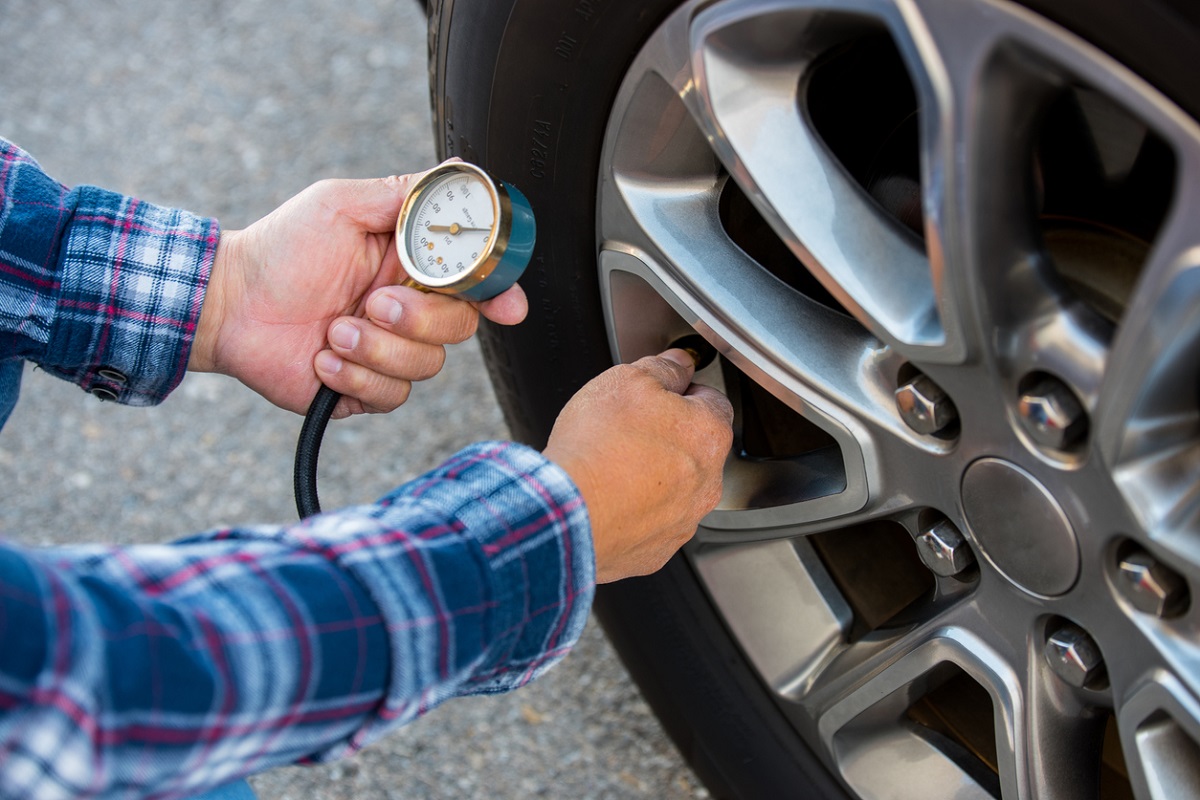Aug 28, 2019

If you’ve recently bought new tyres or topped them up not so long ago but you find yourself needing to top them up again, your tyres could be losing pressure. This can be due to one or more of these issues:
Read the rest of this blog as we dive into these three issues further explaining what causes tyres to lose pressure.
The valve stem is the part that allows you to put air in your tyre. You will find it sticking out of your tyre, so it’s no surprise that your valve stems might crack, break or deteriorate due to the amount of chemicals from the road it’s in contact with.
If the valve does become damaged then air will slowly and continuously leak out of the tyre.
Usually drivers will get a new set of valves when they are buying new tyres, however, if you notice that your tyres are slowly losing air (about 3 pounds per square inch (psi) a month) then you might need to replace them before you get new tyres.
Another way your valve stem can be damaged is from over-tightening them. If you are putting air into your tyres, then the torque should only be about 4 inches per pound; to prevent over-tightening having a pre-set wrench will help.
Air might also escape is the wheel rim: if corrosion or oxidation have occurred it will damage the seal between where the tyre meets the wheel. Due to corrosion or hitting road hazards such as potholes, your wheel may lose its perfectly round shape: this will cause vibrations to your car which can lead to further damage of the tyre bead, in turn causing greater air loss.
Nails can puncture the tyre and cause air to leak. Sometimes the air loss can be insignificant, but the nail still needs to be removed. If the nail continues to remain in your tyre, you will soon find yourself, stopped at the side of the road in need of urgent repair and a brand new tyre.
If you find that there is damage between the rubber and metal bit of sealing, you will find that your tyre will lose air. This can be caused by a small piece of debris, the bead sitting improperly on the rim due to an inexperienced mechanic or the age of the tyre.
With age, the rubber will weaken as the years go by and lose its elasticity. So, a top tip when buying tyres is to find out how old they are. If you buy an old tyre, you will find yourself in need of new ones soon than you expected.
A loss of tyre pressure can also be down to the weather. The temperature has an impact on a tyre’s pressure by 0.19 psi every 1 °C change. If the weather is warmer, problems occur due to tyres being under-inflated. This is due to your tyres eating up from the friction on the road and the sun beaming down on them.
However, when it’s night-time, the tarmac and temperature cools down and causes your tyres to lose about 2 psi per 10 °C change. These numbers don’t include the 1 psi that your tyres lose naturally per month.
To check your tyre pressures you can either buy yourself a gauge for home or go to your local petrol station. Some cars have a dashboard light that will come on to indicate that your pressures are too low.
If you think something is wrong with your tyres or you would just like your tyres checked to ensure your driving isn’t be impaired, you can visit our website and get a quote from us today.